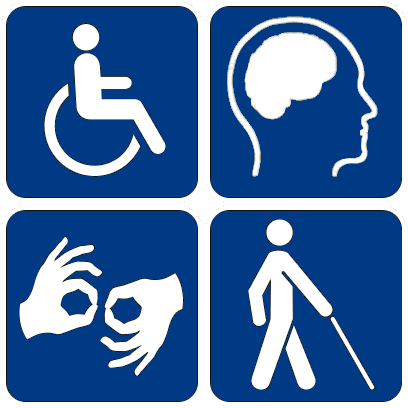By: Elizabeth Winchell
 |
| Bambina Bambi (Service Dog) |
I think the incident on July 7, 2011, at a Hospital in Towson, Maryland has teaching value, not naming any names, but just explaining that the handler of a service animal has the discretion to decide who pets a service animal and when. I think non-disabled people sometimes expect service animals to be more like robots than animals. Many of them don't understand that service animals will work in exchange for love. They don't know that the handler has the responsibility to decide when the animal goes on break, and during break time who can pet the animal or squeak the animal's squeaky toy. We put patches on our animals that say "please don't pet me," but if a doctor or nurse who treats the disabled person all the time develops some relationship with the service animal from being in the room together frequently, the handler has the right to decide the animal may have a reward at the end of the medical appointment, and that reward can be getting pets from the nurse. Letting a nurse pet a service animal does not change the fact that the animal in question is a service animal. I think this can be part of SOSA's education campaign. We can say if you see this in a hospital, you're still seeing a real service animal who is getting "good work" petting as a reward from the nurse.
 |
| Bambina Bambi (Service Dog) and George |
My Rheumatology nurse Barbara (now retired) used to see Sacha every two weeks, and at the end of the appointment, if he had been a good boy, she would get to pet him. She got very fond of Sacha and used to say she was Sacha's "Auntie Barbara." But the fact my nurse built a nice friendship with the service animal she saw every two weeks for my shot, does not make him a fake service animal. I think the uneducated person at the hospital did not know that a real service animal can sometimes get petted by hospital staff, if the animal's handler decides the petting is a reward for working well in the appointment.

